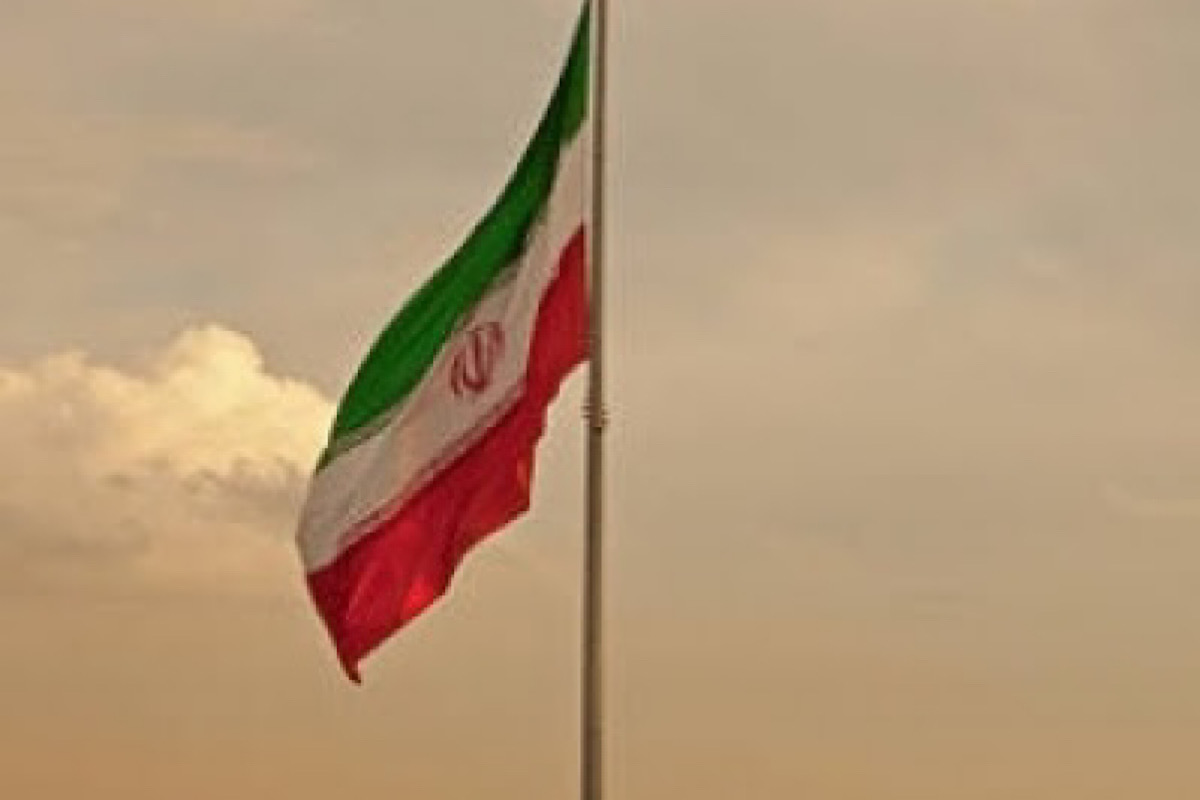Robert F Kennedy Jr to be next US secy of Health and Human Services
Robert F Kennedy Jr will be the next United States Secretary of Health and Human Services (HHS), President-elect Donald Trump said on Thursday.
The complexity of the region demands a nuanced understanding that transcends his- torical analogies.

Iran flag representational image (photo:IANS)
The clashes between the United States and Iran- backed militias shed light on a perplexing puzzle. Why is Iran proving to be a formidable force that defies traditional deterrence tactics? A closer examina- tion reveals a confluence of factors that challenge con- ventional wisdom and unveil the intricate dynamics of power in West Asia. Deterrence, a seemingly straight- forward concept, is the backbone of international rela- tions. Yet, in the case of Iran, the application of force to dissuade its actions has proven to be an elusive goal for the United States. The traditional playbook of threaten- ing military might on paper should, theoretically, bring Iran to heel. However, the reality on the ground is far more nuanced, with Iran demonstrating a remarkable resilience against attempts to curb its influence. The crux of the matter lies in Iran’s unconventional use of proxy militias spread across West Asia. Unlike conven- tional military forces, these groups thrive on attrition and survival rather than the establishment of well- ordered governance. This makes them immune to tradi- tional deterrence measures such as air campaigns, as their goals are deeply entrenched in long-term strategies that withstand casualties.Recent attacks by Iran-backed militias in Syria, Iraq, and Yemen on American troops highlight the inadequacies of conventional deterrence. Despite retaliatory strikes, the attacks persist, revealing a disconnect between American threats and their per- ceived credibility. Critics argue that the unwillingness to directly strike Iran weakens the potency of American deterrence, calling for a more direct and forceful appr- oach reminiscent of historical successes. However, the world has changed since the 1980s, and Iran’s alliances with Russia and China significantly alter the equation. The notion of a direct attack on Iranian territory be- comes a high-stakes gamble, likely to escalate tensions rather than quelling them. The complexity of the region demands a nuanced understanding that transcends his- torical analogies.
On the opposite end of the spectrum, voices from the left propose a seemingly simplistic solution. End the war in Gaza, and Iran’s proxies may cease their violent acts. While the Gaza conflict undoubtedly plays a role in the region’s volatility, a historical lens reveals that the roots of these proxy actions predate recent events. The idea that ending one conflict would magically halt another oversimplifies the intricate web of geopolitical motivations at play.
Fundamentally, America’s struggle to deter Iran is deeply rooted in its West Asia policy paradox. The desire to pivot away from the region clashes with the reten- tion of a military presence large enough to present tar- gets but insufficient to decisively constrain Iran. The recent drone attack on US troops in Jordan exemplifies the deadly consequences of this policy limbo. The status quo, paradoxically, is maintained by Iran’s adept use of proxies and a US policy that inadvertently enables Iran’s deterrence capabilities. Deciphering this puzzle requires an approach that transcends traditional notions of deterrence, recognising the evolving dynamics of power in a region torn between conflicting interests and his- torical complexities.
Advertisement
Advertisement